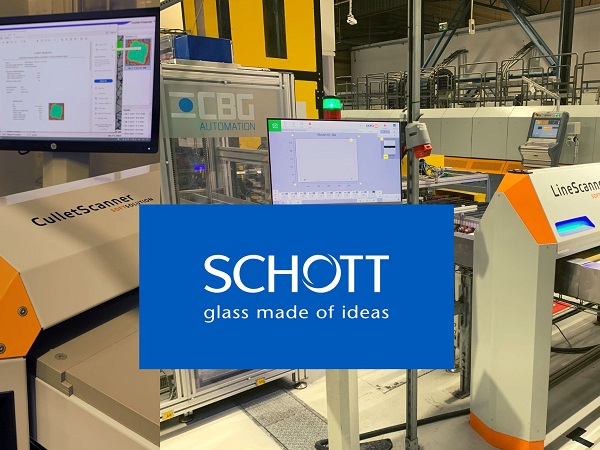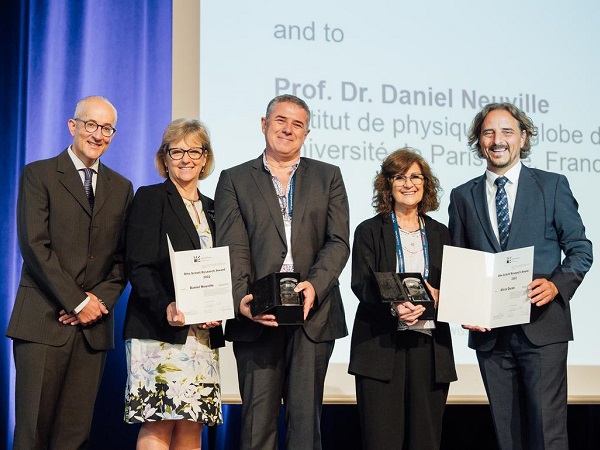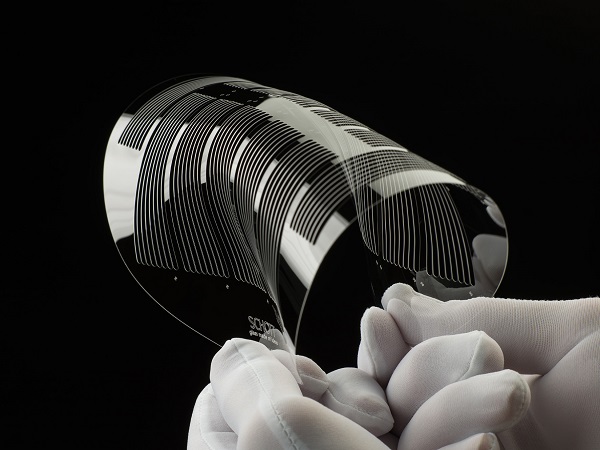Date: 4 January 2007
/em>
At SCHOTT in Mainz, the elements were cast that will help us to see the world beyond. A glass mass that glows white was on its way to becoming a four-meter mirror substrate for use in a telescope.
“The melted mass that flows into the casting mold has a temperature of over 1,500 degrees Celsius,” explains Peter Hartmann, head of the company’s astrospace department. The men who continually check the fill level of the mold all wear shiny silver heat protection suits. However, experience in handling this proven material has been gathered over the last 30 years. In twelve to fifteen months, this molten mass will have turned into the glass ceramic Zerodur®, which is an ideal material for many different applications, because its dimensions hardly change at all with changes in temperature.
Dr. Helmut Olyschläger, Head of the Optical Materials Business Segment, explains, “The steel rails of ten kilometers of train tracks increase in length by two meters when the temperature rises by 20 degrees Celsius. A piece of Zerodur® with the same length would expand by only one centimeter.” For this reason, a Zerodur® telescope mirror retains the same imaging characteristics, regardless of the temperature.
Heat wave of over 1,000 degrees Celsius
Nevertheless, this hot 18-ton mass of glass still has a long way to go before it can actually call itself a mirror substrate. It takes several hours just to fill the mold. Then, it is rolled out of the workshop on tracks so a crane can lift it onto a flat bed truck. Minutes later, the transport vehicle leaves the factory premises at a snail’s pace. The trip continues along a road that has been closed to traffic and through another area of the SCHOTT plant. A hydraulic system compensates for any unevenness in the roads so that the viscous glass does not flow. The truck then arrives at the hall that contains the so-called annealing furnace. Here, the blank will be able to cool off under controlled conditions. This is also where the next “hot part” of the job starts. The cover has to be removed from the casting mold. The glass beneath it still has a temperature of over 1,000 degrees Celsius. All of the sensitive areas of the hall have been covered with heat protection covers. The moment that the crane lifts up the lid, the surrounding area suddenly takes on an orange glow and a piercing wave of heat shoots through the room.
Once this spectacle has ended, this high-tech material can look forward to a much easier future. Inside the annealing furnace, it will be allowed to spend the next several months cooling down. Due to how little it conducts heat, the technicians will ensure that it does not cool off too quickly. After all, the differences in temperature inside and outside could result in mechanical stress and cause the huge disk to break. The next phase of manufacturing calls for initial polishing and then ceramization of the glass. The future mirror substrate is heated up to nearly 1,000 degrees Celsius once again and allowed to cool down over a period of several months. Then, the disk undergoes final finishing at SCHOTT and a specialized company performs ultra-fine polishing and metallization.
The valuable component will most likely be sent to the National Optical Astronomy Observatory in Tucson, Arizona. If all goes as planned, five projects involving a total of eight four-meter mirrors will be realized over the next few years. As soon as the telescope mirrors begin to deliver extremely sharp images of the night sky, no one will even remember how much heat was involved in producing them.







Add new comment